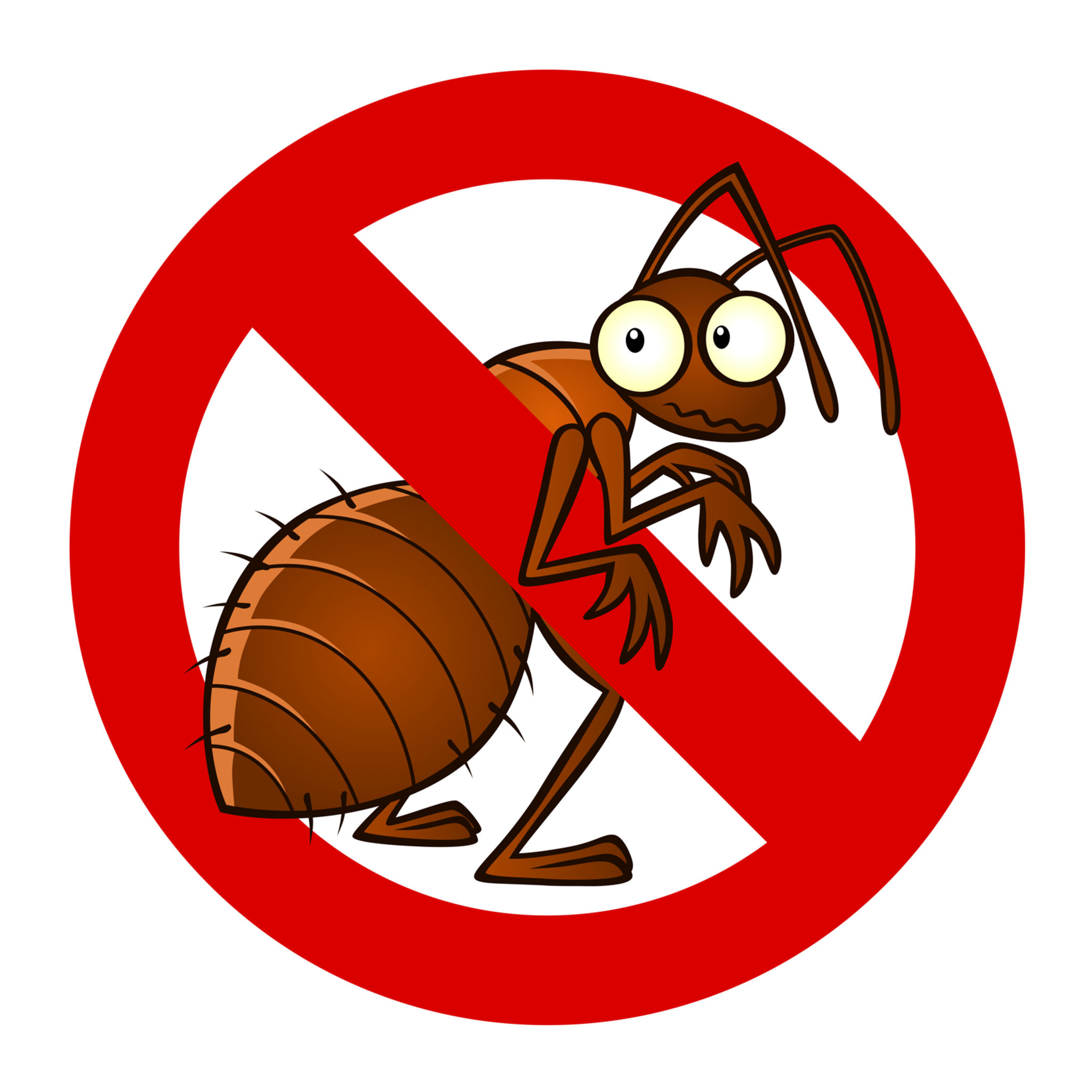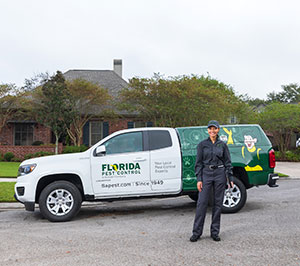A1 Bed Bug Exterminator Charlotte - Reliable and Budget-friendly Services
A1 Bed Bug Exterminator Charlotte - Reliable and Budget-friendly Services
Blog Article
Bed Bug Treatment Breakdown: Contrasting Chemical Vs. Non-Chemical Solutions
In the realm of pest control, specifically when handling the persistent issue of bed insects, the selection between chemical and non-chemical treatment options can be a pivotal one. Both techniques supply unique advantages and disadvantages, influencing aspects such as effectiveness, safety and security factors to consider, and overall expense. By taking a look at the nuanced information of each technique, a clearer understanding of which course to seek in resolving a bed pest infestation can be acquired.
Performance of Chemical Therapies
Chemical treatments for bed bug invasions have actually been commonly acknowledged for their quick and potent effectiveness in getting rid of these pests. When taking into consideration the performance of chemical therapies, it is crucial to understand that they can supply a fast and detailed service to a bed insect issue. Expert pest control experts often depend on pesticides to target bed pests at numerous stages of their life process, including fairies, eggs, and adults. These chemicals generally work by interrupting the bed insects' nervous system, bring about paralysis and eventual death.
In addition, chemical treatments have the benefit of offering recurring results, meaning that they can proceed to get rid of bed bugs also after the initial application. This recurring activity is particularly beneficial in combating any kind of prospective re-infestations. Additionally, the quick action of chemical treatments can bring alleviation to people facing serious bed bug invasions, allowing them to regain control of their space rapidly.
Safety And Security Interest In Chemical Solutions
When using chemical solutions for bed insect therapy is making sure the security of owners and the setting,One important aspect that needs cautious consideration. While chemical treatments can be efficient in eradicating bed bugs, they may pose risks otherwise dealt with correctly. One of the main safety and security problems with chemical solutions is the possible injury they can trigger to human health and wellness. Direct exposure to particular chemicals made use of in bed bug treatments can cause respiratory system problems, skin irritability, or various other unfavorable reactions, especially in people with pre-existing conditions or sensitivities. In addition, inappropriate application or dose of chemical pesticides can cause poisonous deposits lingering in the cured area, posturing long-lasting health risks to owners.
In addition, the environmental impact of chemical remedies is an additional considerable consideration. Some chemicals used in bed pest therapies might be damaging to beneficial pests, wild animals, and ecological communities if they leach right into the dirt or water systems. It is important to utilize chemical therapies deliberately, complying with safety standards, and thinking about less hazardous choices to minimize these dangers and ensure the reliable and secure management of bed bug invasions.
Advantages of Non-Chemical Approaches
Thinking about the prospective safety worries and ecological impact associated with chemical remedies for bed insect therapy, discovering non-chemical techniques presents an encouraging alternative with numerous distinct advantages. Non-chemical treatments are ecologically friendly, as they do not add to air or water air pollution, making them a sustainable selection for bug control.
Furthermore, non-chemical solutions can be reliable in targeting bed bugs, consisting of hard-to-reach areas where chemical treatments may not penetrate. Methods such as heat therapy, vacuuming, steam cleansing, and mattress encasements offer complete removal without the usage of damaging chemicals. In addition, non-chemical strategies can be less turbulent, requiring very little prep work and enabling quicker reentry into dealt with locations. In general, choosing non-chemical bed bug treatment techniques not just prioritizes safety and environmental management yet likewise makes certain reliable and detailed insect control.
Limitations of Non-Chemical Treatments

Additionally, non-chemical treatments frequently call for multiple applications to accomplish effective removal. This can be time-consuming and might not always assure complete elimination of all bed pests and their eggs, particularly in hard-to-reach or concealed locations.
Additionally, the success of non-chemical therapies heavily depends on appropriate execution and thoroughness, which can be testing for people without specialist knowledge. Poor application of non-chemical methods may result in incomplete removal, causing consistent infestations and the demand for extra therapies.
Therefore, while non-chemical treatments have their advantages, it is necessary to recognize these constraints and consider them when determining the most reliable strategy for taking care of bed insect invasions.
Price Comparison: Chemical Vs. Non-Chemical Options
Provided the restrictions connected with non-chemical therapies, a read vital aspect to assess in the context of bed pest management is the price contrast between chemical and non-chemical options. Chemical treatments generally involve the application of insecticides by specialists, which can range from $250 to $900 per space, depending upon the severity of the problem and the size of the area to be dealt with. On the other hand, non-chemical treatments like warm treatment or steam can be much more expensive, with prices ranging from $1,000 to $6,000 for an entire home. While the initial price of chemical therapies may seem lower, multiple therapies may be required to totally remove the invasion, potentially raising the general cost. On the various other hand, non-chemical choices may give a much more sustainable and green option, although they can be cost-prohibitive for some individuals. Inevitably, when thinking about the cost of bed pest treatment alternatives, it is necessary to consider the in advance expenses against the effectiveness and long-lasting sustainability of the chosen approach.
Final Thought

Considering the prospective safety and security concerns and environmental impact connected with chemical remedies for bed bug treatment, checking out non-chemical techniques offers a promising option read review with a number of distinctive advantages.Offered the limitations associated with non-chemical treatments, a crucial aspect to review in the context of bed pest administration is the expense contrast between chemical and non-chemical options. In contrast, non-chemical therapies like heat therapy or vapor can be much more expensive, with costs varying from $1,000 to $6,000 for an entire home. While the first price of chemical therapies might appear reduced, numerous treatments might be required to fully remove the invasion, possibly increasing the overall cost.In conclusion, when comparing chemical and non-chemical bed insect treatment options, it is crucial to consider effectiveness, safety, benefits, restrictions, and cost.
Report this page